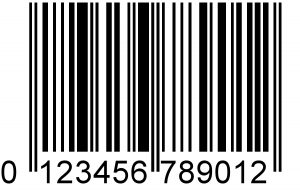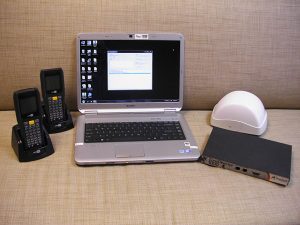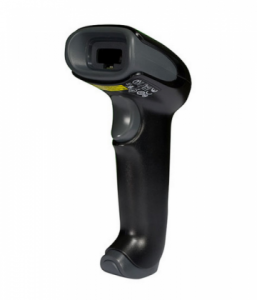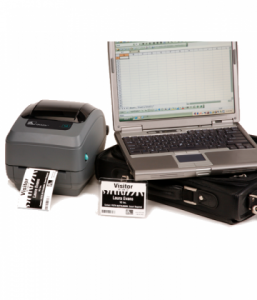You cannot overemphasize the importance of barcoding solutions in data collection. This amazing technology helps enhance operational efficiency in any setting by simplifying data collection activities that would otherwise be too tedious and resource-intensive. Barcoding systems are used to speed up and simplify such processes and also to ensure that the data or information gathered is accurate.
In order to do so, barcoding equipment and software feature specialized technologies that are able to record, read, interpret, process, and display data in a very efficient way. Take for example the movement of stock in a huge retail chain like Wal-Mart. Instead of spending endless hours manually recording every transaction on a physical ledger, customized barcoding systems collaborate to ensure seamless and accurate data collection and recording per transaction. The collected information is then compiled and analyzed using various financial and business functions to give a definitive report on the state of inventory at any given time. Considering the incredibly important role that barcoding systems play in personal, business, and industrial operations, one must be extra careful when acquiring one. The following tips cover the main guidelines for acquiring an excellent barcoding solution.
Your Needs And Preferences
When shopping for barcoding equipment and software, you should always be guided by your needs and preferences. The barcoding industry is quite monolithic and there are all sorts of innovative kits designed to solve or handle a hodgepodge of data collection needs. You need to consider your specific data collection needs and then choose the most befitting solution. This means that you have to outline your data, hardware, and software needs in order to select a suitable barcoding solution.
Quality/Condition
While you are still defining your barcoding needs, you should go a step further and consider your system preferences. This is more to do with the physical and operational competence of a prospective system than its basic functionality. Simply put, instead of just settling for a certain barcoding solution because it fulfills let’s say your inventory tracking or event attendance needs; you should also consider its physical and technological condition before acquisition. This should be fairly easy because you just need to select trusted models with the latest and best technologies and any other technical characteristics.
Availability
Then you have to confirm that the desired barcoding solution is available. Again this should not be a big hustle because of late there are so many dealers and manufactures offering all kinds of innovative barcoding solutions. The internet has made things much easier because product access is no longer constrained by geographical boundaries or distances. Pick a competent and reliable dealer after evaluating his industry reputation and assessing his online catalog for quality and variety. Place the order and you are good to go.
Terms Of Acquisition
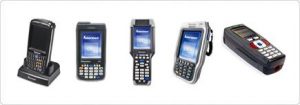
All the aforementioned factors are irrelevant if you can’t afford the product. Despite high industry competition, some barcoding systems are still quite pricey. Luckily for us customers, competition has brought forth a new acquisition option: renting or leasing. You do not have to invest huge sums of money to access high-end barcoding equipment — just hire. You can rent barcode readers, scanners, printers, and even software at a cheaper rate for all your data collection needs. Other crucial considerations include maintenance, additional setup costs and accessories, terms of payment and delivery, and after sales service.

